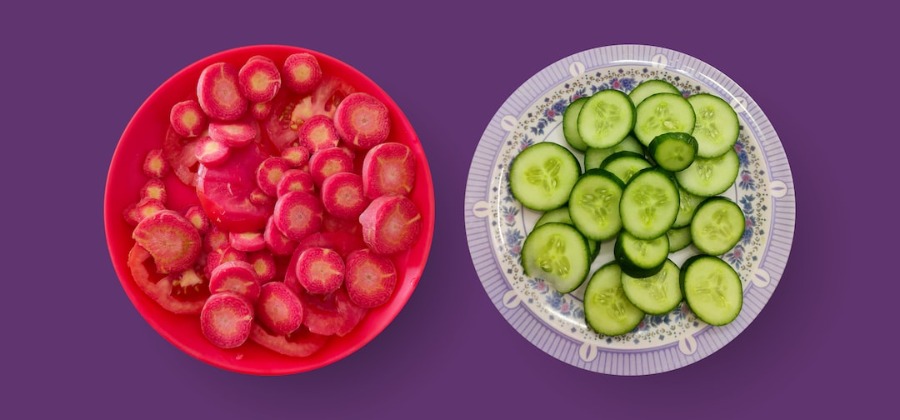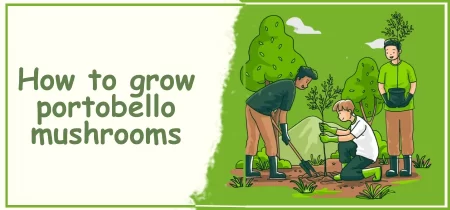Cucumbers are a popular vegetable and for a good reason. They’re delicious and easy to prepare. But did you know that cucumbers need a lot of water to grow? They need more water than most other plants. This is why keeping cucumbers hydrated throughout the growing process is important.

How Much Water Do Cucumbers Need?
Cucumbers need water to grow, but how much water do they need? On average, cucumbers require about 1.5 gallons of water per day. Be sure to give your cucumbers enough water while growing, especially if you live in a hot climate!
How to Grow a Cucumber
To grow cucumbers, purchase a healthy cucumber seed or cut one from your garden. Plant the seed in a pot filled with fresh water and place it in a sunny spot. Water the plant regularly and keep an eye on the progress of the cucumbers.
When they are big enough, pick them and put them into a container filled with fresh water. Keep picking cucumbers every few days until they reach their desired size. Once they have reached their desired size, cold storage is unnecessary but will help keep them from turning brown.
How to water cucumbers
Cucumbers need about 1 inch of water daily to maintain a healthy appearance and yield. So, if you have ten cucumbers, you will need to give them 10 inches of water. If you are growing cucumbers in containers, ensure ample water as well.
Cucumber prevention tips
Cucumbers are a member of the gourd family and can be grown in warm and cold climates. In general, cucumbers need about 1 inch of water per week. However, since cucumbers like wet roots, it is important to provide them with enough water even when they don’t look thirsty. They may rot if you give your cucumbers too much water at once.
Cucumber harvesting tips
Cucumbers are a cool-season vegetable that grows well in warm weather climates. They can be harvested by hand or machine and should be picked when they reach the desired size.
To harvest cucumbers by hand, wait until the fruit is slightly soft to the touch and has a dull sheen. Gently push each cucumber out of the vine with your fingers, avoiding bruises or cuts on the fruit. Once the cucumbers have been harvested, wash them thoroughly under running water to remove soil and insects.
To harvest cucumbers by machine, attach a hose to a garden sprayer and turn it on to the full stream. Position the cucumbers to be evenly sprayed with water droplets, then wait until they have wilted down. Gently pick each cucumber from the vine with your hands, avoiding bruises or cuts on the fruit. Once the cucumbers have been harvested, wash them thoroughly under running water to remove soil and insects.
Cucumber diseases and how to prevent them
There are a few cucumber diseases that can occur and damage your plants. Cucumbers are susceptible to both waterlogging and powdery mildew. To prevent these diseases, ensure your cucumbers get enough water and fertilize them monthly with a balanced fertilizer.
Cucumber varieties and how to choose them
There are wide cucumber varieties, but how do you know which is right for you? Here are some tips for choosing the perfect cucumber:
- Look for a cucumber that is squat and firm. They should also be evenly shaped with no dents or bruises.
- Select a cucumber that is bright green and free of spots or blemishes. Avoid fruit that is wilted, yellowing, or has brown spots.
- Check the size of the cucumber – small ones will take longer to cook than larger ones.
- Finally, pick a variety that you enjoy eating – plenty of different types available to choose from!
Cucumber storage tips
Cucumbers are a cool-weather vegetable, and they flourish in soil that is kept moist but not soggy. Here are some storage tips for cucumbers:
- Choose cucumbers that are firm to the touch. Bruising or softness indicates that the cucumber has been overwatered and will not store as well.
- Store cucumbers in a crisper drawer or a container filled with ice water. This will help them keep their texture and color.
- Do not store cucumbers in bathrooms because the moisture from showerheads can cause them to spoil.
Frequently Asked Questions
How many cucumbers do I need per day to yield a good crop?
A 3-foot by 3-foot garden will yield about 8 cups of cucumbers per week. Remember that cucumbers are heavy feeders and require more water than other vegetables. Give them at least an inch of water per week, soaking the soil around the plants if necessary.
I have a cucumber vine that is taking over my garden. What can I do?
If you have a cucumber vine that is overtaking your garden, there are a few things you can do to help stop the vine from growing. First, remove any flowers or fruit clusters on the vine so the stem is limited in growth. Second, dig up the roots of the vine and discard them. This will prevent new roots from forming and may deter the plant from growing back. Finally, apply a glyphosate herbicide to the vine’s base using a spray applicator that covers the entire plant. Follow label instructions for application and wait two weeks before planting back in the soil.
I have a cucumber beetle infestation in my garden. What can I do?
If you have a cucumber beetle infestation in your garden, you can do a few things to help stop the beetles from destroying your cucumbers. First, remove flowers or fruit clusters on the vines so the beetles cannot lay eggs. Second, dig up the roots of the vines and discard them. This will prevent new beetle larvae from forming and may deter the beetle from attacking again. Finally, apply a pyrethroid insecticide (such as permethrin) directly to the beetles. Follow label instructions for application and wait two weeks before planting back in the soil.
Conclusion
Cucumbers need a lot of water to stay hydrated, so give them plenty of water when growing or packing them in storage. In addition, cucumbers like a moist environment and will do better if their roots are kept moist. Keep an eye on your cucumbers and adjust the watering schedule to help them stay healthy and vigorous.




Leave a Reply